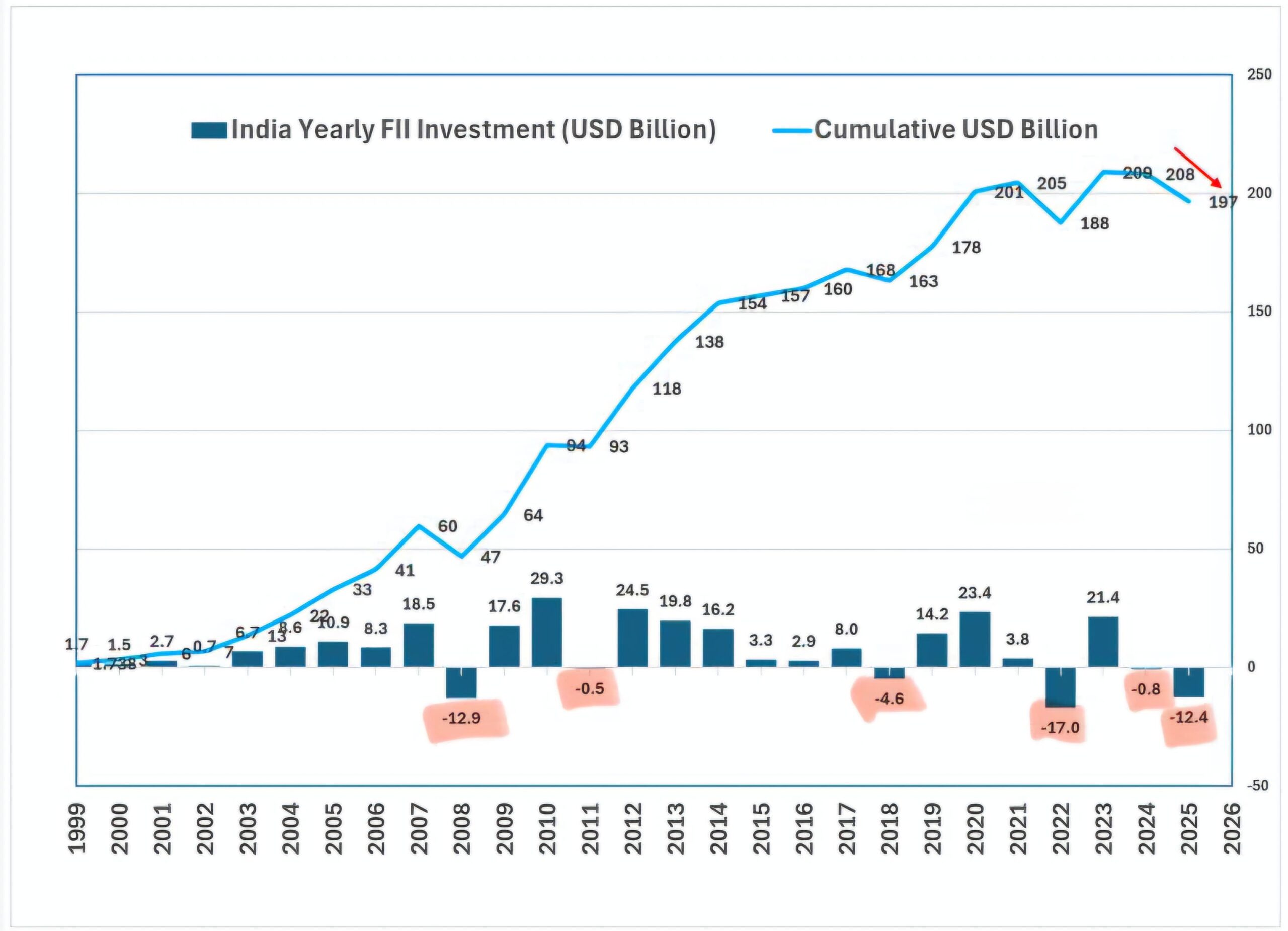Noise vs Reality
From the 2008 crash to COVID, markets have fallen 34 times in the past 50 years… yet they’ve always climbed higher. If crashes are inevitable, so is recovery. Understanding this cycle is the key to investing wisely.
The Cycle We Can’t Escape
Markets move in boom-bust cycles—periods of booms, where optimism runs high, money flows easily, and even speculative bets flare up. Then come busts—panic triggers sell-offs, prices crash, and the same investors who were euphoric now swear off markets forever.
Every crisis feels like the end of the world while you’re living through it. But if we zoom out, history tells a different story:
Historical Market Shocks & Their Impact
1. Global Financial & Economic Crises
- 2001 – 9/11 (WTC Attack): Global markets plunged amid fears of prolonged instability.
- 2007 – US Subprime Crisis: The housing bubble burst, triggering a global recession.
- 2008 – Global Financial Crisis: Banks collapsed, unemployment soared, and markets lost trillions before rebounding stronger.
- 2011 – US Debt Downgrade: A historic downgrade shook investor confidence but had a short-lived impact.
- 2012 – GDP 10-Year Low: Economic growth stagnated, but central bank interventions helped recovery.
- 2018 – IL&FS Default: A major financial institution’s collapse spooked Indian debt markets.
- 2019 – DHFL Default: Another major lender’s default intensified concerns about India’s financial sector.
- 2023 – High Inflation & Interest Rates: Tech and energy stocks surged 25% as markets adapted to rate hikes.
2. Political & Policy Disruptions
- 2003 – Vajpayee’s 13-Day Government: Political instability raised uncertainty in Indian markets.
- 2014 – UPA Government Loss: Market volatility spiked amid concerns over policy changes.
- 2016 – Demonetization in India: Short-term liquidity chaos disrupted businesses, but long-term formalization boosted equities. While I use Indian examples, these patterns hold globally—swap ‘Demonetization’ for ‘Brexit’ and the lessons remain identical.
3. Geopolitical Tensions
- 2015 – Devaluation of the Yuan: China’s currency moves roiled global markets.
- 2017 – Doklam Crisis: A 73-day India-China military standoff briefly rattled Asian markets.
- 2022 – Russia-Ukraine War: Energy prices surged, inflation spiked, and markets corrected sharply.
- 2024 – Geopolitical Tensions: Conflicts including Israel-Houthi attacks and South China Sea tensions heightened volatility.
4. Black Swan Events
- 2020 – COVID-19 Pandemic: A market crash unlike any other—but also the fastest recovery in history, fueled by stimulus and innovation.

FII FLOW
The Lesson? Crashes Are Temporary—Growth Is Permanent.
Markets, investors and the economy have seen many crises over the years and every crisis gives uncertainty and pain.
But the world goes on, growth continues and markets keep reflecting that growth.
If markets were permanently broken every time they fell, capitalism would have collapsed long ago. Instead, economies adapt, correct, and move forward. The strongest businesses innovate, rebuild, and create new wealth.
For investors, the lesson is clear: stay invested.
- Every crash is an opportunity for long-term wealth creation.
- Strong businesses survive and thrive through cycles.
- Diversification through Mutual Funds, ETFs, and PMS reduces risk.
- Market timing is nearly impossible—time in the market beats timing the market.
How to Profit From Market Cycles
- Recognize the Patterns – Markets are driven by liquidity, interest rates, and sentiment. Monitor key indicators like inflation, bond yields, and earnings growth.
- Diversify Across Asset Classes – Equities, bonds, gold ETFs, REITs, and global funds provide balance in uncertain times.
- Follow a Goal-Based Investment Strategy – Align your portfolio with long-term objectives instead of reacting emotionally to market noise.
- Stay Invested During Downturns – Investors who stayed diversified during COVID saw losses recover 40% faster than those who sold in panic.
A Personal Lesson in Market Patience
In 2020, I advised a client who panicked and sold stocks during the COVID crash. Another client, who stayed the course with a well-diversified portfolio, saw their investments double by mid-2021. The difference? Patience and strategy.
If you feel overwhelmed by headlines predicting doom, step back and ask:
“Is this temporary noise or a fundamental shift, A Reality?”
History proves that fear fades, innovation continues, and wealth compounds over time.
If you remain disciplined through downturns or frustrating sideways moves, which can go on for what seems like an extreme long time while you are living through them, you’ll be way ahead of the rest of the pack.
Best,
Partha







